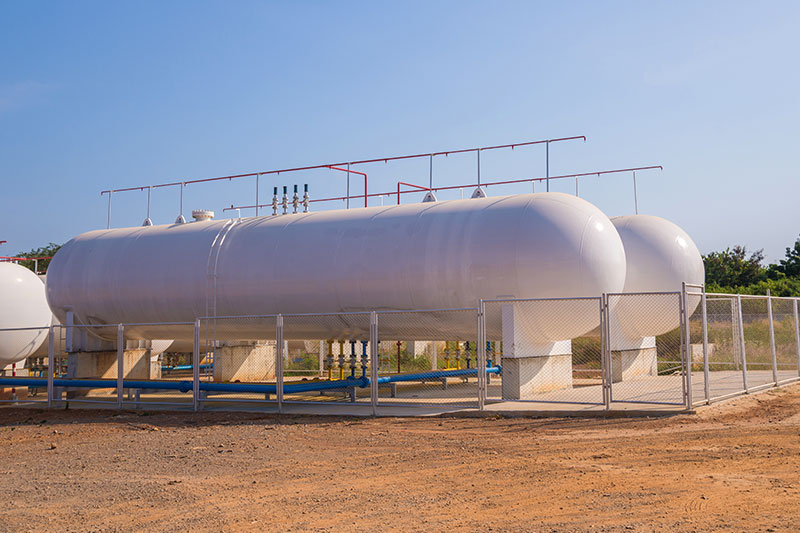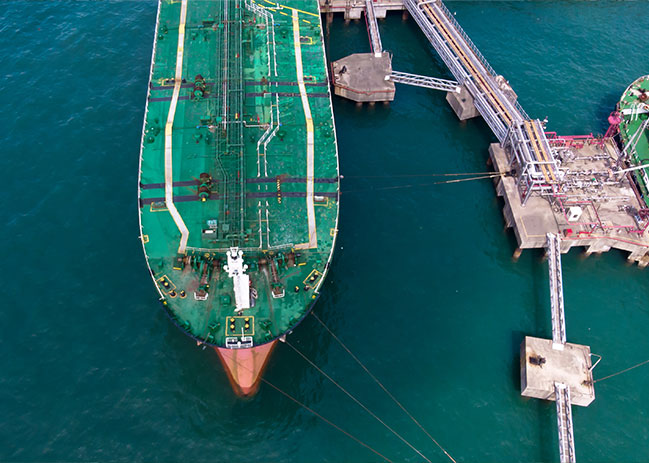
-
OCTANE Rating or OCTANE Number
It is a standard measure of the performance of an engine or aviation fuel. The higher the octane number, the more compression the fuel can withstand before detonating (igniting). In broad terms, fuels with a higher octane rating are used in high performance gasoline engines that require higher compression ratios. In contrast, fuels with lower octane numbers (but higher cetane numbers) are ideal for diesel engines, because diesel engines (also referred to as compression-ignition engines) do not compress the fuel, but rather compress only air and then inject fuel into the air which was heated by compression. Gasoline engines rely on ignition of air and fuel compressed together as a mixture, which is ignited at the end of the compression stroke using spark plugs. Therefore, high compressibility of the fuel matters mainly for gasoline engines. Use of gasoline with lower octane numbers may lead to the problem of engine knocking.
-
Research OCTANE Number (RON)
The most common type of octane rating worldwide is the Research Octane Number (RON). RON is determined by running the fuel in a test engine with a variable compression ratio under controlled conditions, and comparing the results with those for mixtures of iso-octane and n-heptane.
-
Motor OCTANE Number (MON)
Another type of octane rating, called Motor Octane Number (MON), is determined at 900 rpm engine speed instead of the 600 rpm for RON.[1] MON testing uses a similar test engine to that used in RON testing, but with a preheated fuel mixture, higher engine speed, and variable ignition timing to further stress the fuel’s knock resistance. Depending on the composition of the fuel, the MON of a modern pump gasoline will be about 8 to 12 octane lower than the RON, but there is no direct link between RON and MON. Pump gasoline specifications typically require both a minimum RON and a minimum MON.[citation needed]
-
Anti-Knock INDEX (AKI) OR (R+M)/2
In most countries, including Australia, New Zealand and all of those in Europe,[citation needed] the “headline” octane rating shown on the pump is the RON, but in Canada, the United States, Brazil, and some other countries, the headline number is the average of the RON and the MON, called the Anti-Knock Index (AKI), and often written on pumps as (R+M)/2). It may also sometimes be called the Posted Octane Number (PON).
-
Difference Between RON, MON, AND AKI
Because of the 8 to 12 octane number difference between RON and MON noted above, the AKI shown in Canada and the United States is 4 to 6 octane numbers lower than elsewhere in the world for the same fuel. This difference between RON and MON is known as the fuel’s Sensitivity, and is not typically published for those countries that use the Anti-Knock Index labelling system.
-
Observed Road OCTANE Number (RDON)
Another type of octane rating, called Observed Road Octane Number (RdON), is derived from testing gasolines in real world multi-cylinder engines, normally at wide open throttle. It was developed in the 1920s and is still reliable today. The original testing was done in cars on the road but as technology developed the testing was moved to chassis dynamometers with environmental controls to improve consistency.
-
OCTANE INDEX
The evaluation of the octane number by the two laboratory methods requires a standard engine, and the test procedure can be both expensive and time-consuming. The standard engine required for the test may not always be available, especially in out-of-the-way places or in small or mobile laboratories. These and other considerations led to the search for a rapid method for the evaluation of the anti-knock quality of gasoline. Such methods include FTIR, near infrared on-line analyzers (ASTM D-2885) and others. Deriving an equation that can be used for calculating the octane quality would also serve the same purpose with added advantages. The term Octane Index is often used to refer to the calculated octane quality in contradistinction to the (measured) research or motor octane numbers. The octane index can be of great service in the blending of gasoline. Motor gasoline, as marketed, is usually a blend of several types of refinery grades that are derived from different processes such as straight-run gasoline, reformate, cracked gasoline etc. These different grades are considered as one group when blending to meet final product specifications. Most refiners produce and market more than one grade of motor gasoline, differing principally in their anti-knock quality. The ability to predict the octane quality of the blends prior to blending is essential, something for which the calculated octane index is specially suited.
-
Aviation Gasoline OCTANE Ratings
Aviation gasoline used in piston aircraft common in general aviation have slightly different methods of measuring the octane of the fuel. Similar to AKI, it has two different ratings, although it is referred to only by the lower of the two. One is referred to as the “aviation lean” rating and is the same as the MON of the fuel up to 100. The second is the “aviation rich” rating and corresponds to the octane rating of a test engine under forced induction operation common in high-performance and military piston aircraft. This utilizes a supercharger, and uses a significantly richer fuel/air ratio for improved detonation resistance.
The most commonly used current fuel, 100LL, has an aviation lean rating of 100 octane, and an aviation rich rating of 130.




